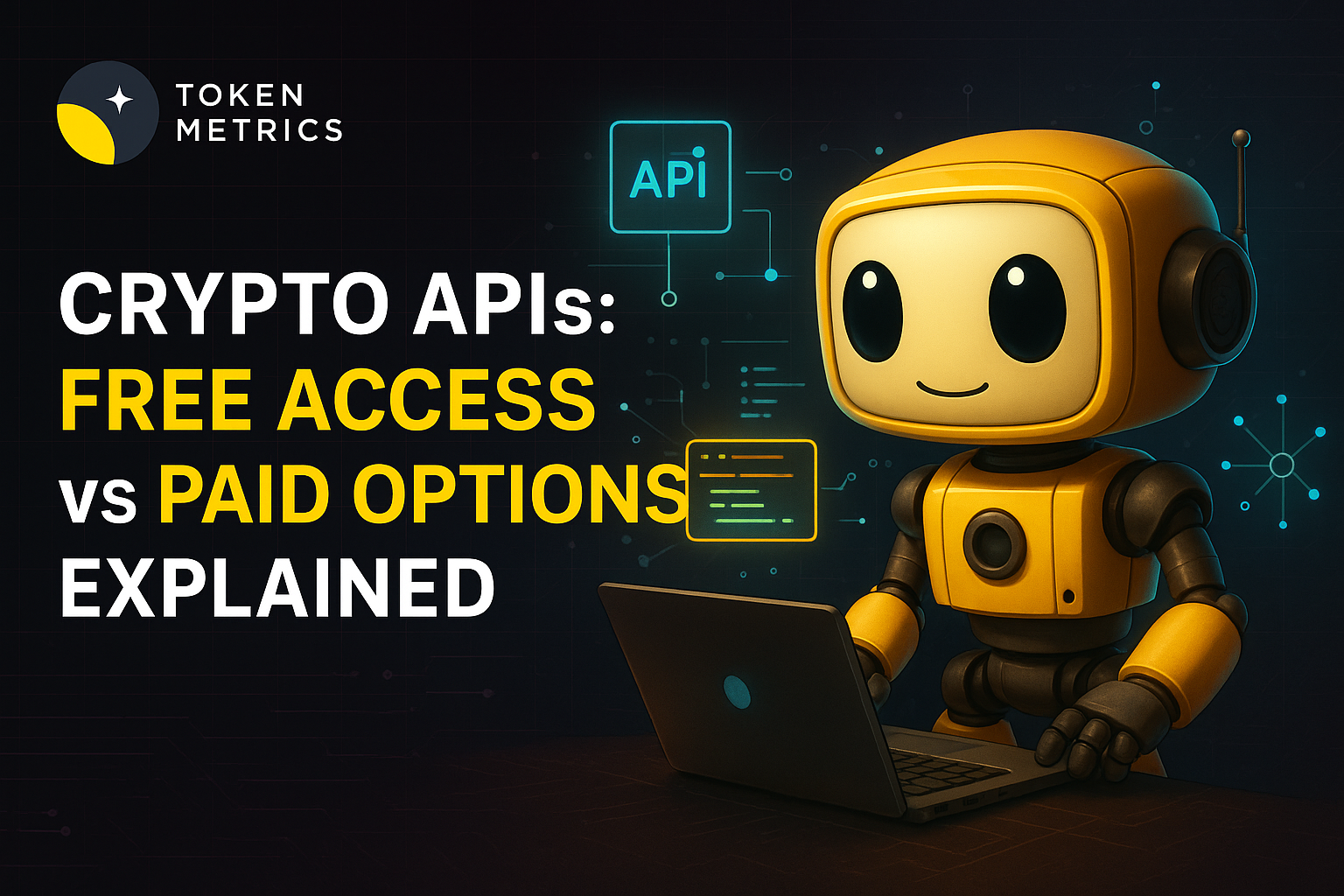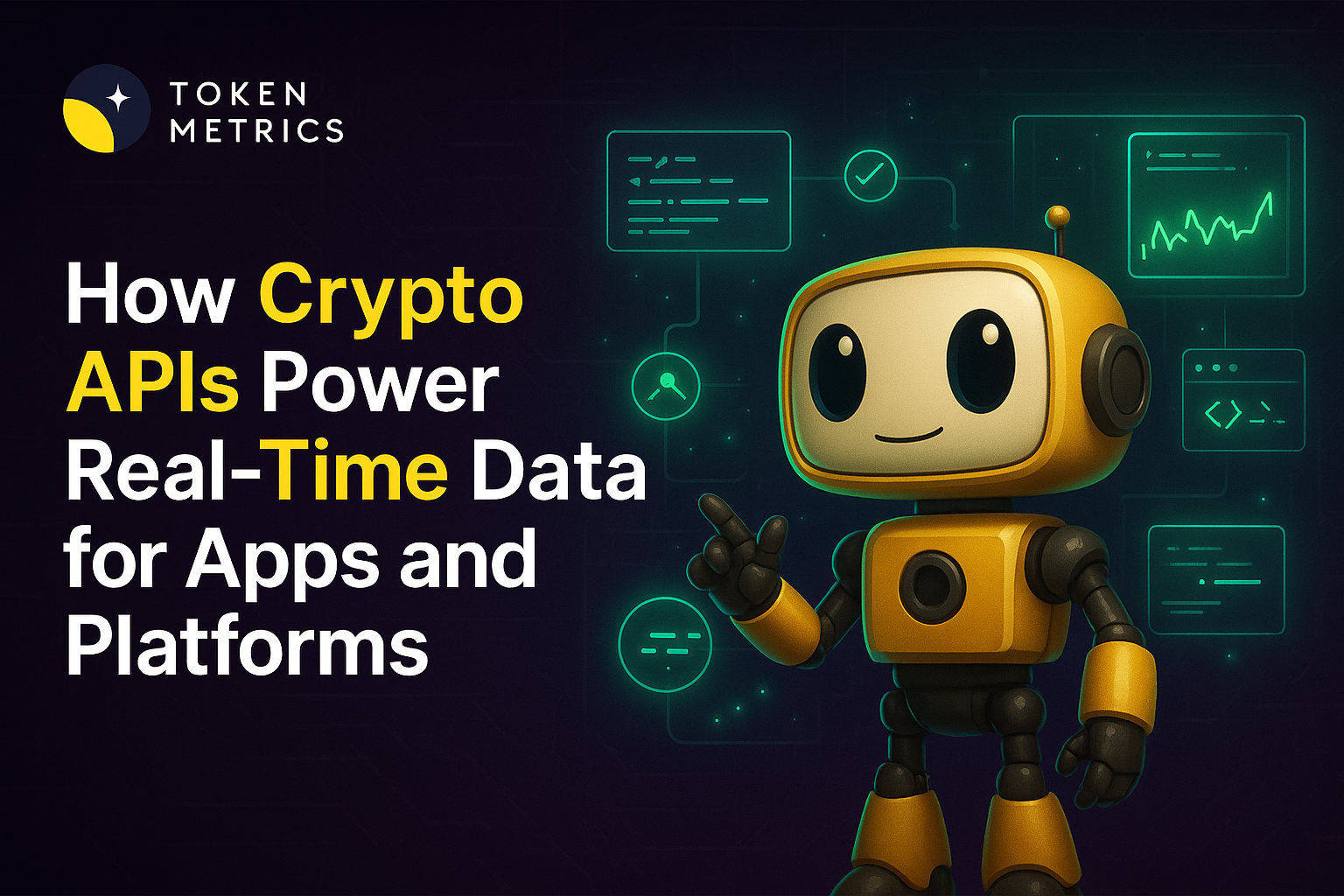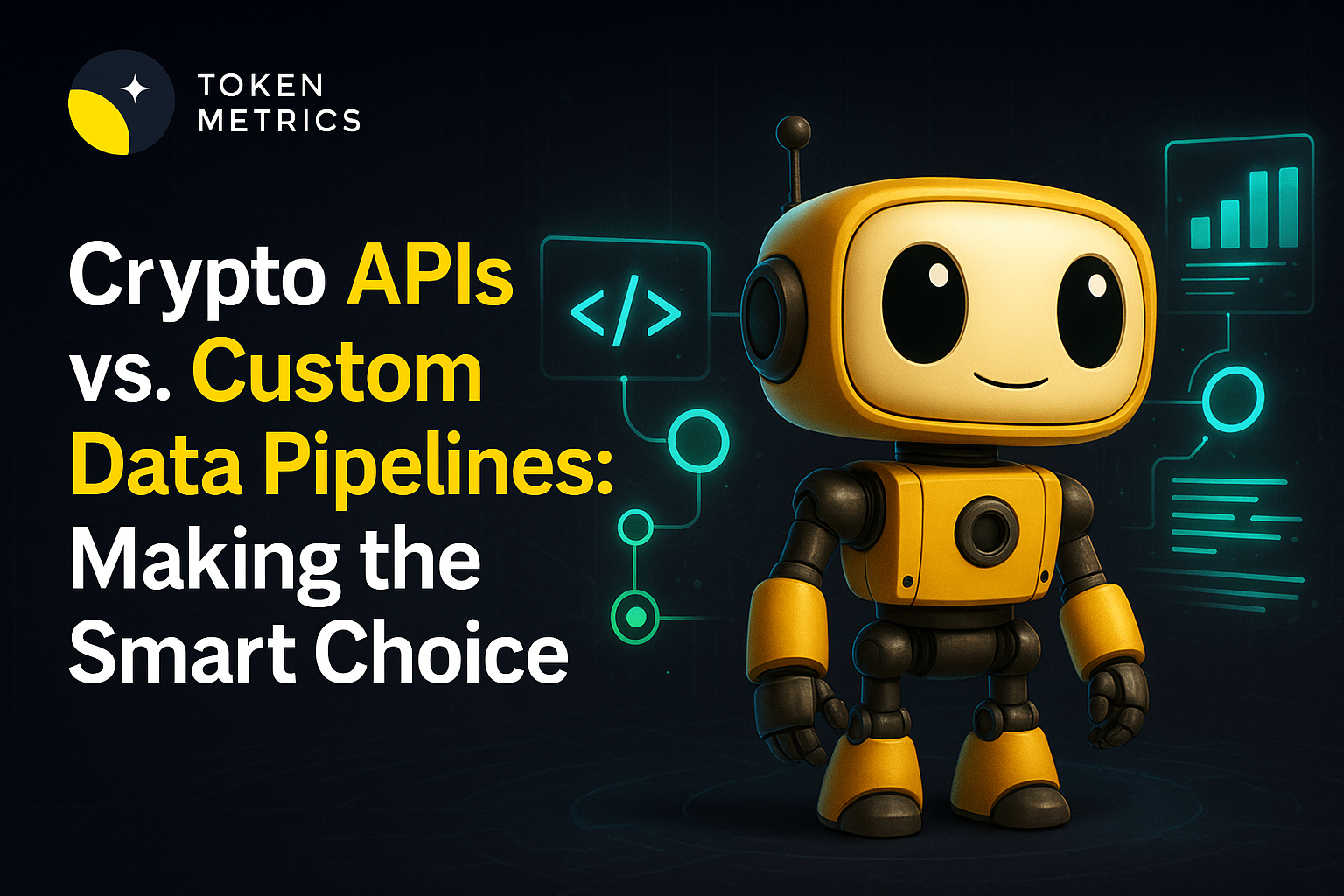Can I Make Money by Investing in Crypto Indices? What You Need to Know in 2025

One of the most common questions in crypto investing today is: “Can I actually make money with a crypto index?” The short answer is yes—but like any investment, your success depends on the market, your strategy, and the type of index you choose.
In 2025, crypto indices have become one of the most popular ways to invest, especially for people who want exposure to digital assets without actively trading. Whether you’re using a passive index to track the top 10 cryptocurrencies or an AI-powered index that rotates between bullish tokens, the potential for profit is real.
This article explores how crypto indices generate returns, how much money you can make, and what you need to know before diving in.
What Is a Crypto Index?
A crypto index is a bundle of cryptocurrencies grouped together into one investment product. The index can track:
- Top coins by market cap (e.g., BTC, ETH, SOL)
- A specific theme (e.g., DeFi, Memecoins, AI)
- A strategy (e.g., trend-following, momentum)
- Signals generated by AI (e.g., Token Metrics AI Indices)
Investors can gain exposure to multiple tokens through a single purchase—and benefit from automatic rebalancing, diversification, and sometimes even active risk management.
How Do You Make Money With Crypto Indices?
There are three primary ways to earn returns from crypto index investing:
✅ 1. Capital Appreciation
When the tokens in your index increase in value, the overall index value rises—and so does your investment.
Example:
If the AI sector pumps and your AI Tokens Index includes FET, AGIX, and TAO, you benefit from their combined price growth—even if you didn’t pick the best-performing token individually.
✅ 2. Rebalancing Gains
Rebalancing can lock in profits from over-performing assets and reallocate them into undervalued ones.
This helps “sell high and buy low” automatically, which can enhance long-term performance—especially in volatile markets.
Example:
If SHIB spikes and becomes 40% of a Memecoin Index, the index may sell SHIB and redistribute gains into PEPE or WIF—helping you capture profits before a correction.
✅ 3. AI Signal Performance (for AI Indices)
AI-powered indices don’t just hold and rebalance—they use real-time signals to actively manage exposure.
This can include:
- Exiting underperforming or risky tokens
- Increasing allocation to trending assets
- Moving capital into stablecoins in bearish conditions
These dynamic strategies often outperform static indices, especially during market uncertainty.
How Much Can You Make?
This depends on several factors:
📊 1. Market Conditions
- In bull markets, most indices generate strong returns
- In sideways markets, AI indices typically outperform
- In bear markets, passive indices may suffer unless they include stablecoin buffers
📈 2. Type of Index
- AI indices tend to generate higher returns due to active management
- Passive indices offer more stable, long-term gains
💼 3. Your Strategy
- Compounding small gains over time leads to powerful results
- Reinvesting or auto-DCA into indices amplifies returns
Pros of Making Money with Crypto Indices
- ✅ Don’t need to time individual token pumps
- ✅ Protection from single-token crashes
- ✅ Hands-free portfolio management
- ✅ Exposure to trends without speculation
- ✅ Smart rebalancing = better trade entries/exits
Potential Pitfalls to Watch Out For
While you can make money with crypto indices, it’s not guaranteed. Be mindful of:
⚠️ 1. Market-Wide Downturns
If the entire crypto market crashes, even diversified indices may lose value—though AI indices can reduce losses better than passive ones.
⚠️ 2. Poor Index Construction
Some indices include illiquid or low-performing tokens. Always check the index methodology.
⚠️ 3. Over-Exposure to a Single Narrative
Putting all your money in a Memecoin or AI index during a hype cycle can be risky. Diversify across index types.
How to Maximize Profits With Crypto Indices
Here are proven tips to make the most of index investing:
- Start Early – Let compounding work over time
- Use AI Indices in Volatile Markets
- Diversify Across Themes – (e.g., 40% passive, 30% AI, 30% thematic)
- Reinvest Gains – Set up auto-DCA (dollar-cost averaging)
- Monitor Platform Updates – AI logic often improves over time
- Choose Indexes With Strong Methodology – Like those from Token Metrics
Beginner-Friendly Earning Strategy
If you’re new to crypto:
- Start with a Token Metrics HODL Index (e.g., Top 10 or Top 25)
- Add a low-risk AI-powered index (e.g., RWA or DeFi)
- Avoid going all-in on trending narratives without a hedge
This gives you a balanced mix of growth and stability, with automated management.
Final Thoughts: Yes, You Can Make Money With Crypto Indices
Crypto indices—especially AI-powered ones—are a smart, strategic way to grow wealth in crypto without having to trade constantly or chase pumps.
You can earn money by:
- Capturing market-wide gains
- Letting the index rebalance for you
- Leveraging AI to rotate into outperforming assets
Platforms like Token Metrics offer some of the best-performing AI indices in 2025, designed to help you make money smarter—not harder.
So yes, you can absolutely make money by investing in crypto indices—if you choose the right ones and manage your exposure wisely.
Create Your Free Token Metrics Account

.png)




%201.svg)
%201.svg)


%201.svg)










.svg)




.png)